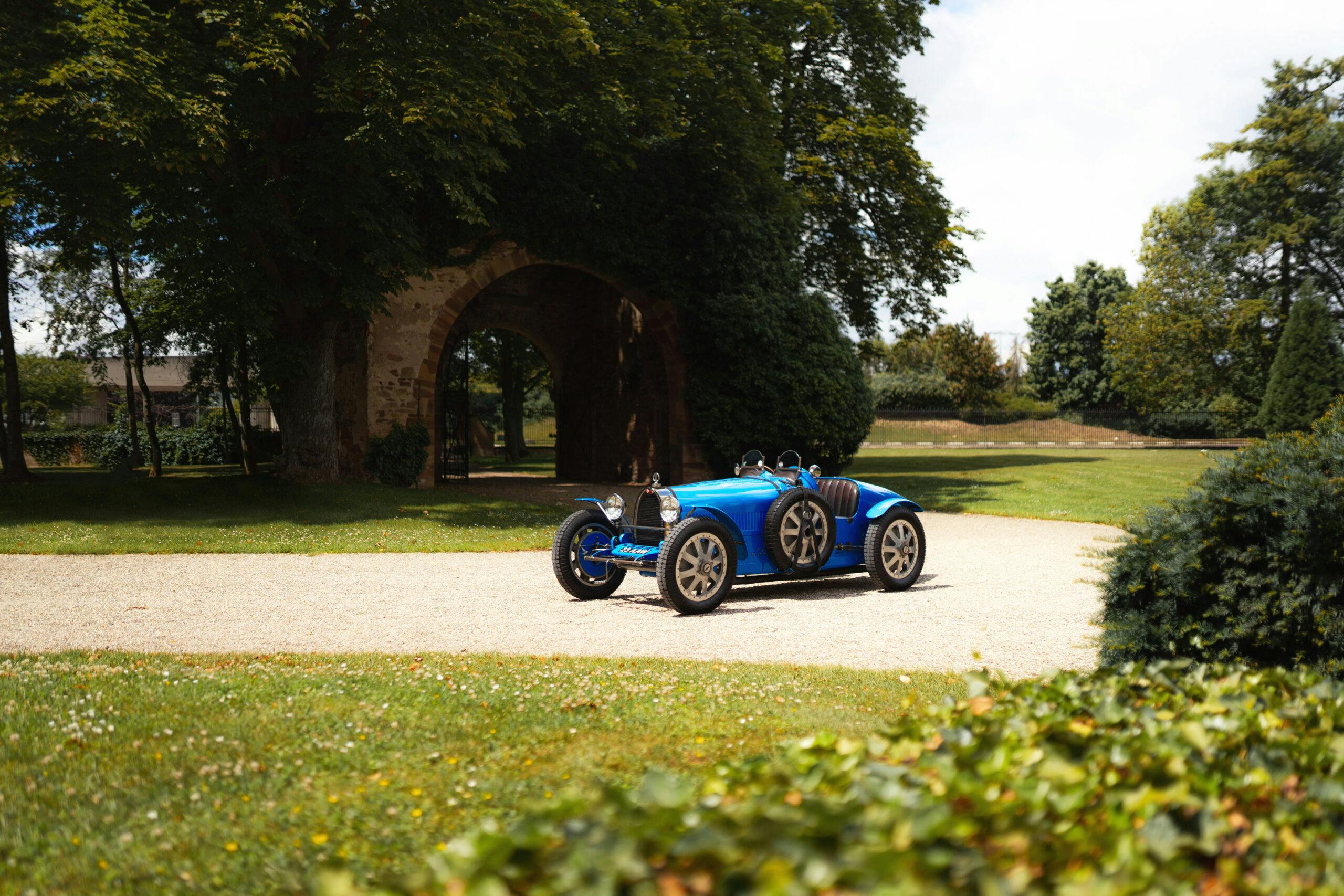Media | Articles
100 Years Ago Bugatti Tore up the Rule Book with the Type 35
It may be hard to believe but Ettore Bugatti was not a trained engineer. In fact he studied sculpture at Milan’s Accademia di Belle Arti di Brera before finding his true passion in the art of the automobile.
Yet perhaps it was this very lack of formal training that allowed him to create a car as revolutionary as the Type 35 exactly 100 years ago. Between 1925 and 1933 it would win the Targa Florio five years in a row, and score victories in 30 Grands Prix.
How? Quite simply it was, arguably, the world’s first pure-bred racing car. As far back as 1903 Bugatti had designed a machine for De Dietrich to compete in the Paris-Madrid race with unique low-slung seating for the driver and mechanic, knowing that it would offer reduced wind resistance and a lower center of gravity. Although the event organizers refused the car’s entry Bugatti was convinced his approach was correct, further developing the concept in his lightweight Type 10 Pur Sang of 1909.
For the Type 35 Bugatti would add power to his special recipe. The 2.0-liter, supercharged eight-cylinder engine in the Type 35 featured a unique double roller-bearing and triple ball-bearing crank which allowed the engine to rev to 6000 rpm and deliver 90 hp and propel the Type 35 to almost 120 mph. In the later Type 35 B that top speed would soar beyond 130 mph with the motor now up to 2.3-liters and producing 140 horsepower. The streamlined ellipsoid bodywork was made from aluminum sheet to shave weight, while the wheels were cast alloy, reducing the unsprung mass. Such was Bugatti’s obsession with weight-saving that even the front axle was hollow. The Type 35 weighed in at just 750 kg (1653 lbs).

What’s more the Type 35 was low, enabled in part to a unique design of rear axle which dipped in the middle to curve around the chassis. The innovations didn’t stop there. The engine was a stressed load member, essentially forming part of the chassis, the gas tank was pressurized to optimize fuel flow.
Marketplace
Buy and sell classics with confidence
As Bugatti’s in-house heritage and certification expert Luigi Galli explains, “Unlike everything that had gone before, it was not a road car modified for racing, although it also served as a very fine road car. The meticulous approach Ettore Bugatti took to the overall concept, and to every minute, detail resulted in a car that set previously inconceivable standards for design, engineering, materials handling, and performance. The Bugatti Type 35 gave birth to the Grand Prix era and forced other motor manufacturers to completely rethink their approach.”
In the century since it made its debut the Type 35 is reckoned to have notched up more than 2000 wins. Long may it continue.
***
Check out the Hagerty Media homepage so you don’t miss a single story, or better yet, bookmark it. To get our best stories delivered right to your inbox, subscribe to our newsletters.



















That is truly a thing of beauty, in additional to being revolutionary from the performance perspective. Amazing!
https://www.youtube.com/watch?v=s0JlQeCeExs
6000 rpm indeed!
My wife and I watched a gentleman fire one up at Hershey AACA meet several years ago. It sounded as good as any race car i’ve ever heard. I don’t remember if had a straight exhaust but it revved really high and literally screamed ,amazing! A once in a lifetime experience. 😁
I’ve always been curious of the positive camber setup of the front axle, seems counter-intuitive of everything I’ve learned about suspension over the years. I imagine it has to do with the front axle geometry being fairly fixed?
The positive camber was to reduce steering kick-back, stabilize the car on crowned roads and give up a little traction to balance the car better. These cars are heavier at the rear than the front which creates oversteer. Limiting the front cornering traction with positive camber helps reduce oversteer.
A beautiful shade of blue. 6,000 rpm back then must have been such an unusual sound.
My all time favorite car, nice to see others enjoy it also. Affluent people in the States bought em and converted them to street drivers (cycle fenders et all).
Its funny im seeing this today i just remembered that in my parents will im getting my great grandpas kit car which is moddled after a 1929 type 35 such amazing cars i cant wait to fix it up and take it in the parades